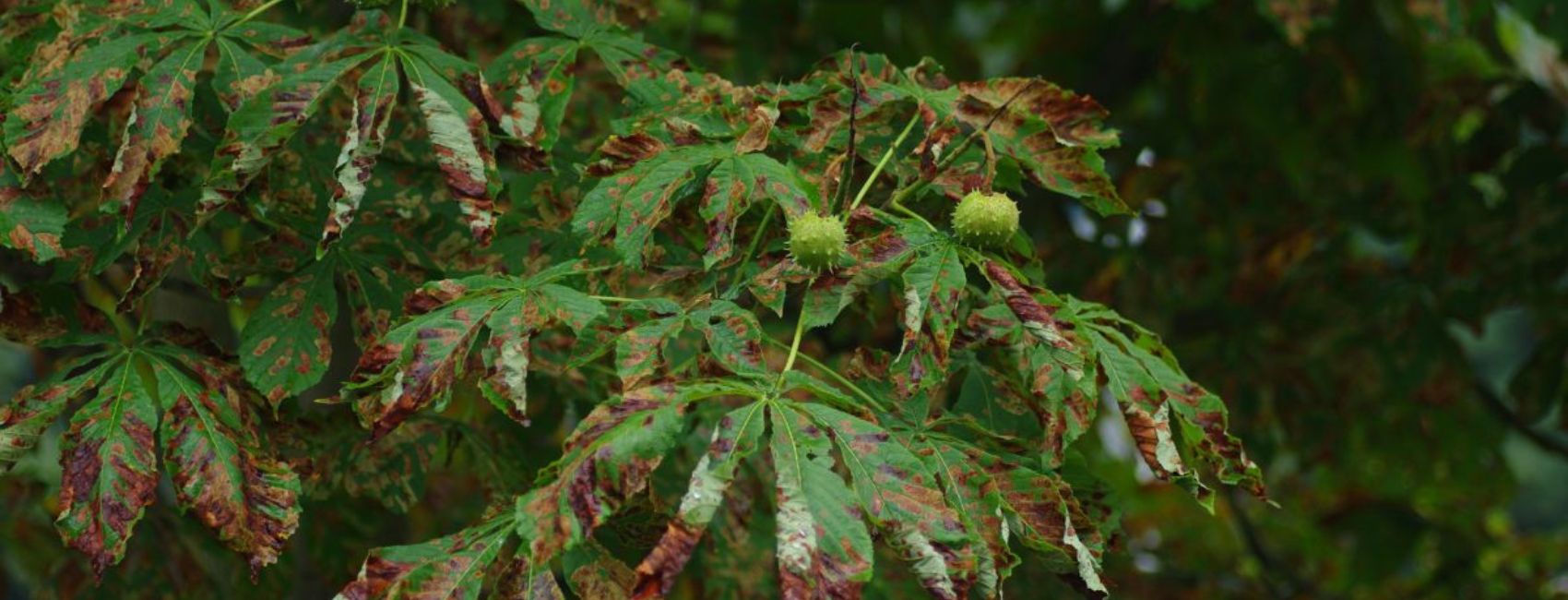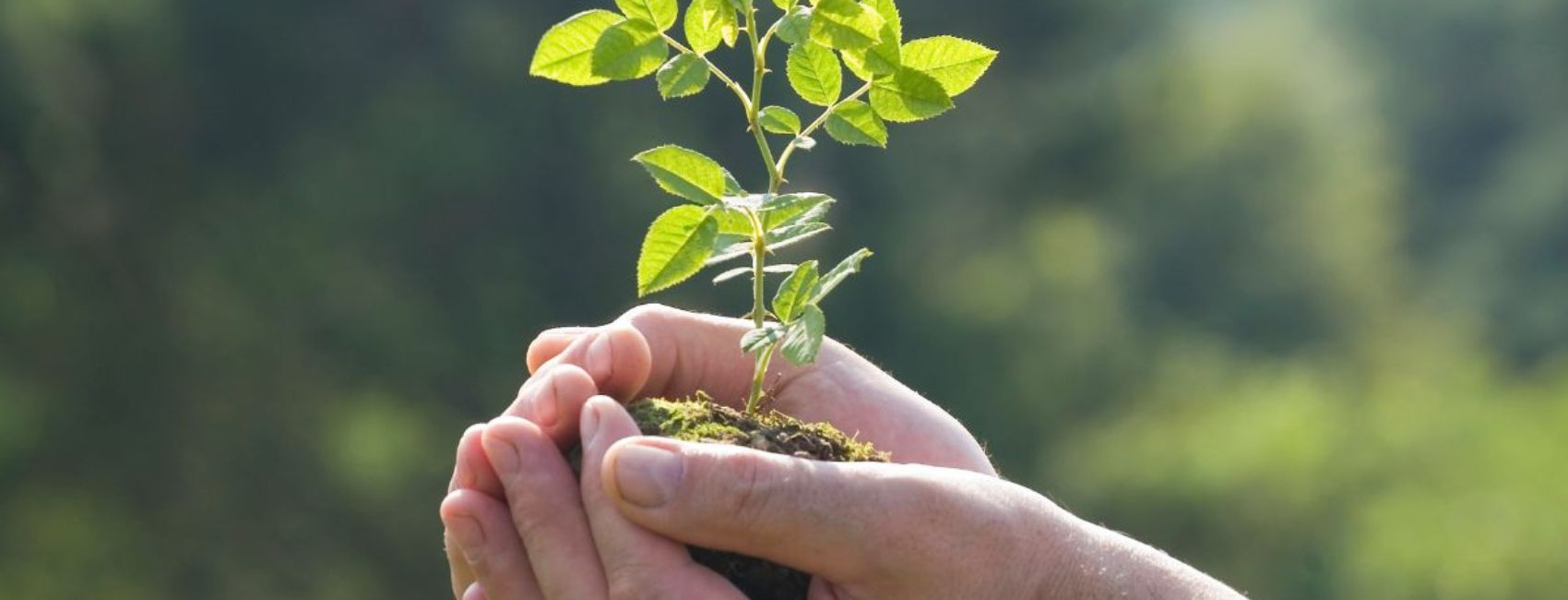Native Landscape
The importance of a Native Landscape Have you ever wondered why everything grows so wonderfully in the woods but not in your yard? Naturalistic landscaping uses native plants in order to build an eco-friendly habitat. In order to start this process, soil testing may also be necessary. When non-native plants are placed in a yard…
William Gambone
The importance of a Native Landscape
Have you ever wondered why everything grows so wonderfully in the woods but not in your yard? Naturalistic landscaping uses native plants in order to build an eco-friendly habitat. In order to start this process, soil testing may also be necessary. When non-native plants are placed in a yard it can change the composition of the original soil health. There are three major focuses’ when building Naturalistic Landscapes, natural history-based restoration, microclimate-based eco-design, and functionality based use of native plants. Natural history-based restoration returns land to an ecosystem that existed in pre-settlement times. This information typically comes from family journals, and local counties, as well as record-keeping from historical societies and libraries. Building a naturalistic landscape can sometimes involve the removal of already established shrubs and trees which can be heartbreaking to homeowners. Starting with a clean slate is important for the soil health of each native shrub and plant, for it can change the soil composition for the other plants growing around it. When planning your mini ecosystem, it is important to have someone involved who knows where to best place the trees or shrubs for your landscape. Many trees planted are not given the proper spacing to thrive nor are they maintained properly. Sometimes they are placed in areas that may cause damage to a property down the line. Along with soil conditions, drainage should also be observed being sure land is suitable for a pre-settlement eco-system. Micro-climate-based growth yards should be assessed for sunlight as well as moisture conditions to determine which plant communities should be used. Different plants will be implemented depending on wetlands vs. woodland underlay for shadier areas, this will affect which eco-system will best fit your yard. In a perfect world, there would be no grass, it is invasive and steals most of the nutrients and water needed for plants and trees to thrive. Take a look at your lawn space and see where you can sacrifice grass space that native plants could occupy. It is also important to have areas for composting, composting is the only thing that will bring back the original organisms and bacteria in the soil.
When looking at shrub layers in a yard, they should act as a bridge between plants and trees, forests are also layered which is why it’s important your yard space be laid out in the same manner. Shrubs are typically used to fill in the layers under the trees, giving a smooth transition while helping provide cover for nesting and feeding of wildlife, all while providing nectar for native pollinators such as bees, moths, bats, hummingbirds, and butterflies. In turn, the fruits and berries produced by the native plants are also helping feed all other forms of life. Restoring our native plants is essential for preserving biodiversity. Shrubs can also be a great source for creating barriers around your yard space, using them as walls around a garden area, or perhaps for blocking unsightly views. The success of plantings depends upon the soil you have to work with, some need acidic soil and others depend on factors such as dryness, moistness of the soil, and sunlight.
The United States has lost 150 million acres of its native habitat and farmland to urbanized homes and lawns, the human landscape is no longer supporting functioning ecosystems or supporting our wildlife. Native plants are something that occurred naturally in a region where they once evolved. Life around us depends on it, from the tiniest of bugs to birds and yes, even people. Without them, the insects that co-evolved along with them can not survive. Native plants also tend to grow easier and are healthier than plants that are not made for your soil specifically in your environment. Native plants are naturally resistant to local diseases. This is based on your zip code specifically, native plants have been evolving for thousands of years learning to thrive specifically in certain areas and growing in harmony with the varying weather for their region. These plants in turn need less upkeep, meaning less watering, fertilizing, and pesticides. Native plants are key in storing excess carbon, which is exactly what’s needed for slowing the current global conditions. Native plants can offer you a range of colors, textures, different heights, and bloom times throughout the year offering a beautiful display throughout all seasons. Plant a landscape that will enhance instead of stress your local environment. Exotic plants and imported trees over the years and grass yards have crowded out the natural habitats. This makes it even harder for wildlife to access what they need. Roughly 90% of insects eat and reproduce on certain native plant species. Bugs are a huge source of food for birds, rodents, amphibians, and many other little critters. Over time this starts affecting things further up the food chain leaving dead zones throughout certain areas. Research shows, when a community of hedgerows was tested for caterpillars, native vs. non-native, there was a 96% reduction in caterpillar biomasses in the non-native hedgerow. To put this differently if you’re a bird you’ve just lost 96% of food for you and your young.
More than 20% of all land in the United States is made up of cropland, between this and the 40 million acres of grass in our country, there is room for native plants to shine! Lawns use 10 billion gallons of water each year, and 90 million pounds of pesticides, also grass does not sequester any carbon. Landscapes with a diverse array of native species help support everything from pollinators to capturing water runoff, sequestering carbon, and rebuilding natural habitats right in your own backyard! Did you know, running a lawn mower for an hour emits as much air pollution as driving a car 100 miles? In communities where water shortages are a growing crisis, such as California, Colorado, and Arizona cities are offering rebates to homeowners who are replacing their lawns with native or water-saving landscapes. In landscapes where water is an issue cities are starting to give rebate programs for building rain gardens. This is something that is also happening more and more in yards that are taking up too much impermeable space with sheds, swimming pools, and concrete pads.
The National Wildlife Federation has created a native plant finder tool using your zip code to tell you which plants will be best used for your yard space specifically ( Plants ). This is especially important due to many areas finding non-native plants growing outside of their barriers and quickly overtaking native plants in the area, suffocating the pollinating plants that local wildlife has come to depend on immensely. Start small, master a small plot first, and move out from there. Taking on larger projects can leave some owners feeling discouraged. Or worst yet, annoying neighbors who do not fully understand the importance biodiversity has to offer, helping generate oxygen, clean water, topsoil from rock, buffer weather events like droughts and floods, pollinate the crops, and help recycle the garbage we create on a daily basis. Help spread the word about the importance of Native planting!

William Gambone
With almost 40 years of success in the tree care industry, it is evident that Bill’s passion extends beyond just the trees. He takes great pride in building relationships within the community, making B.G.





